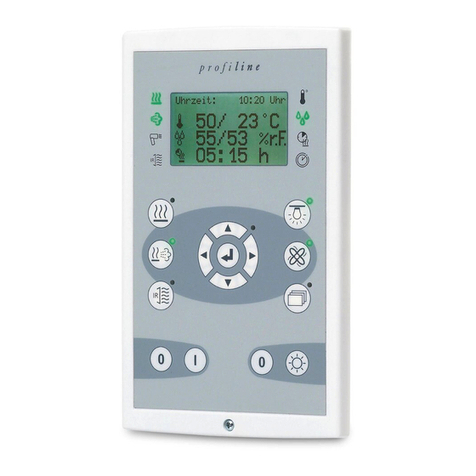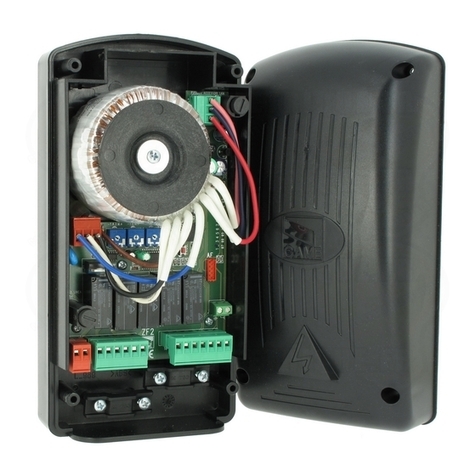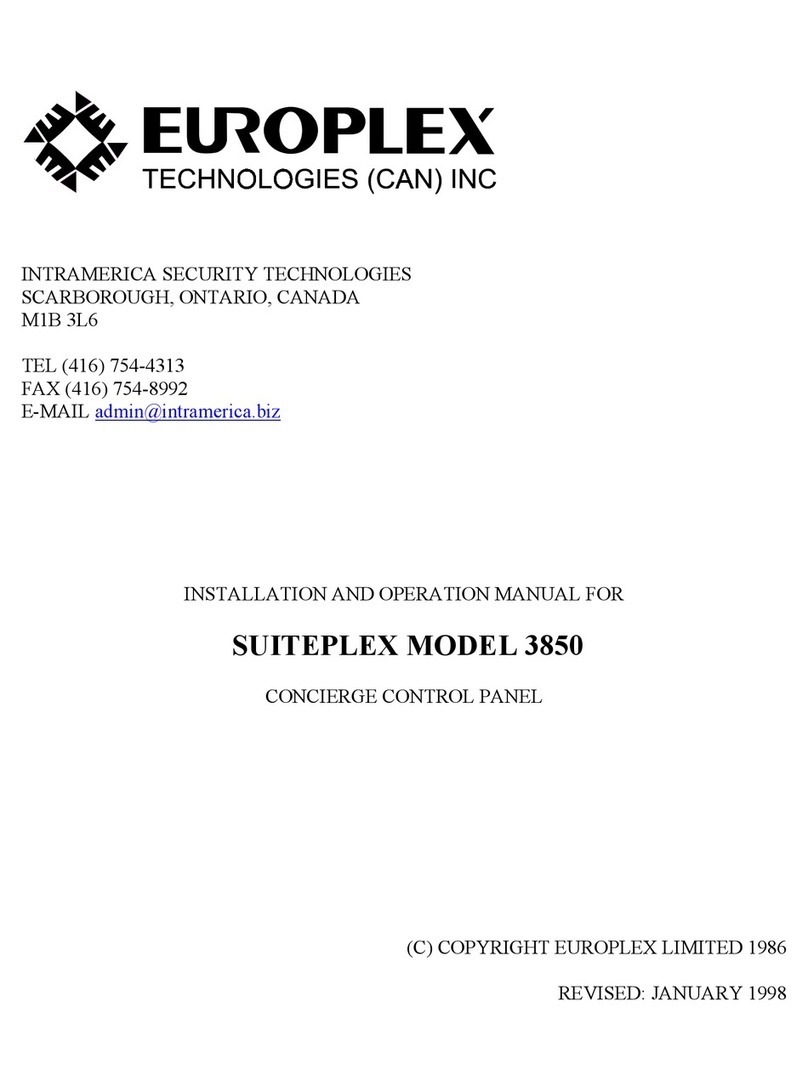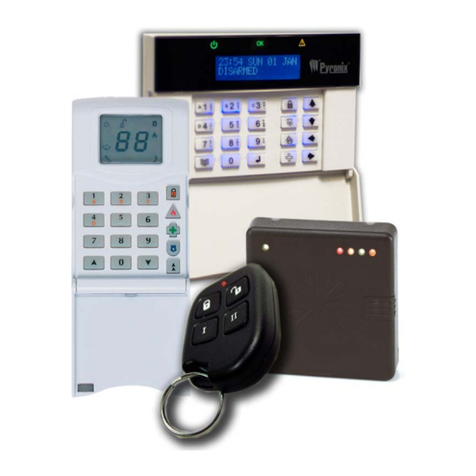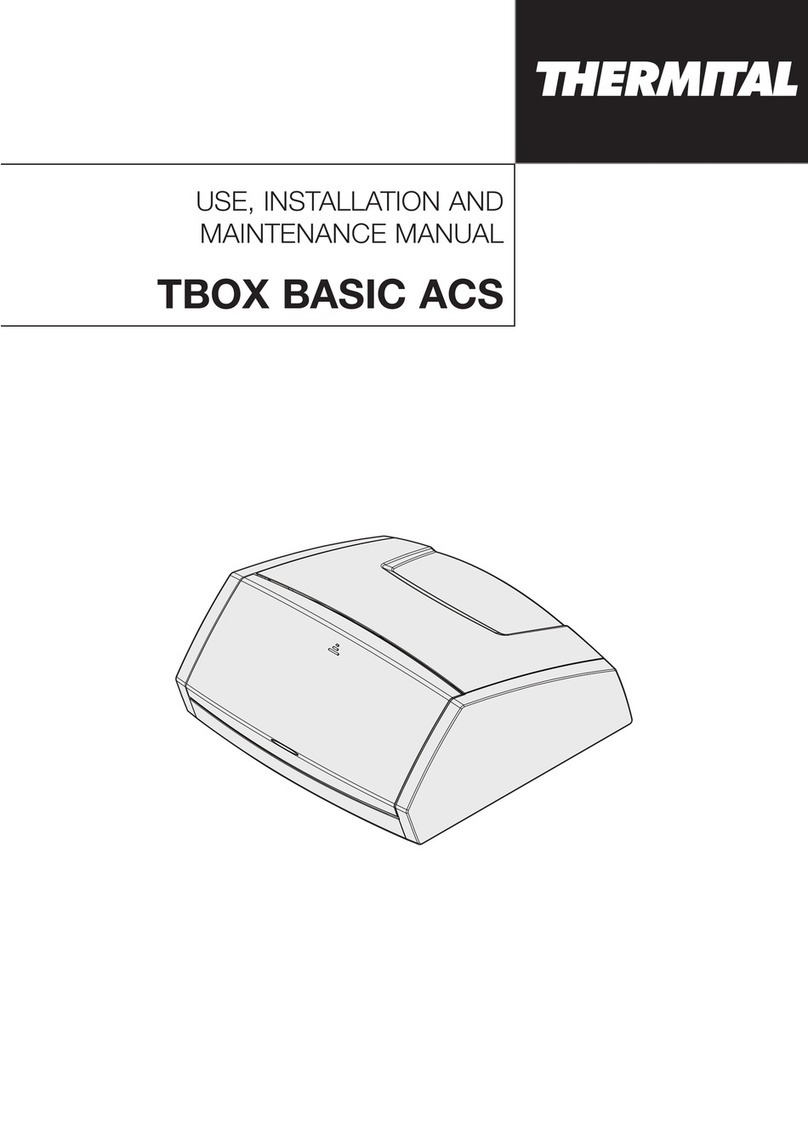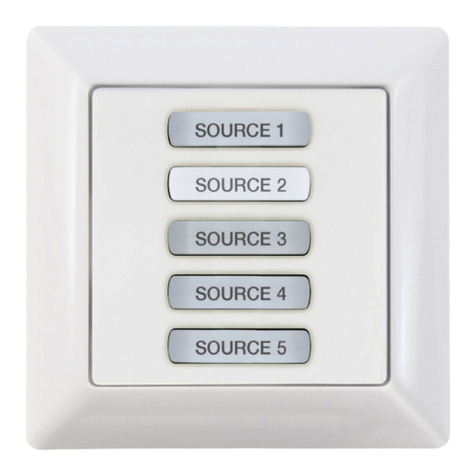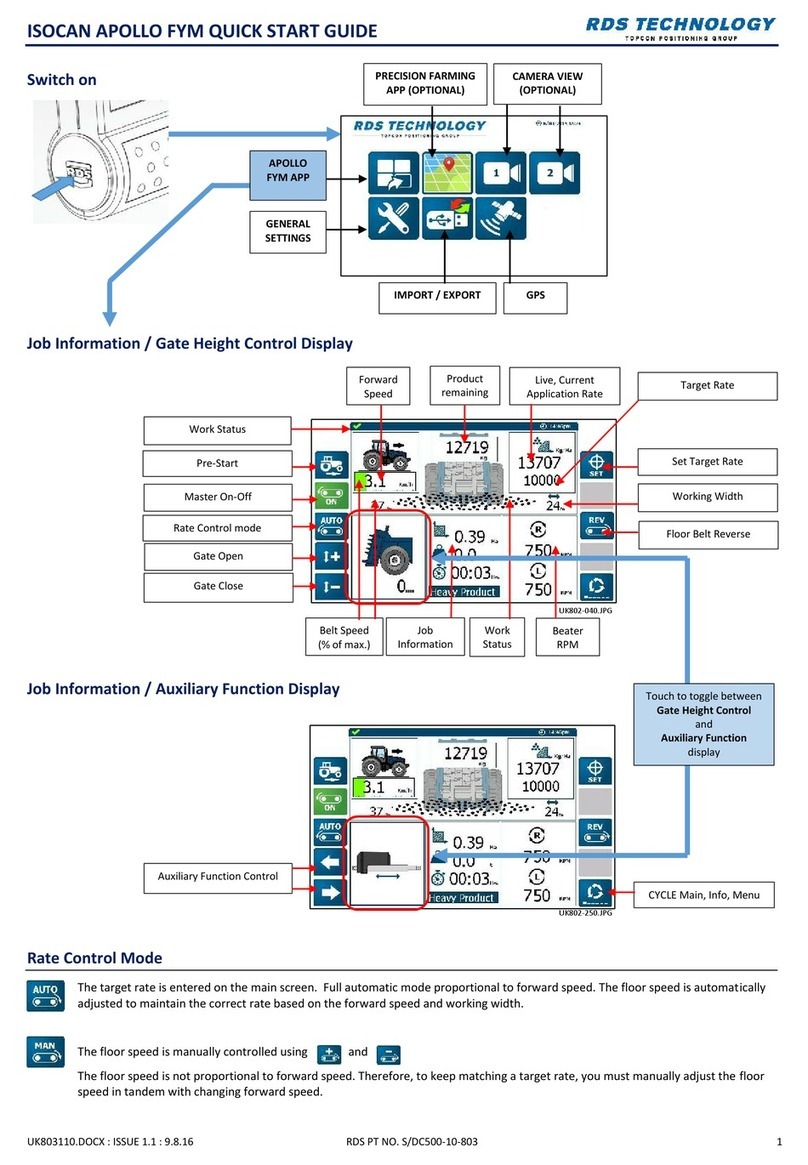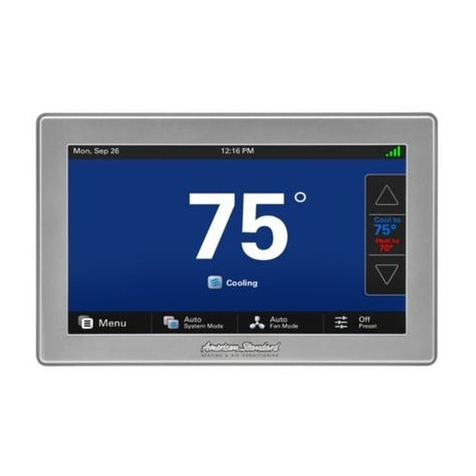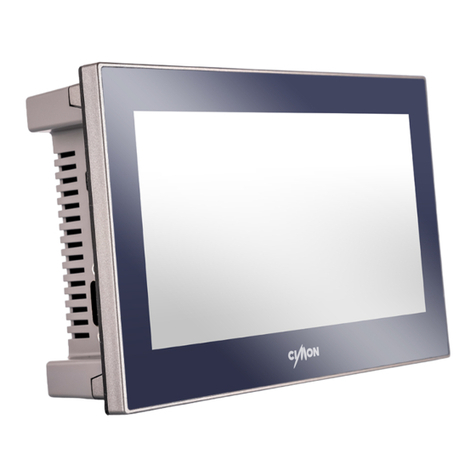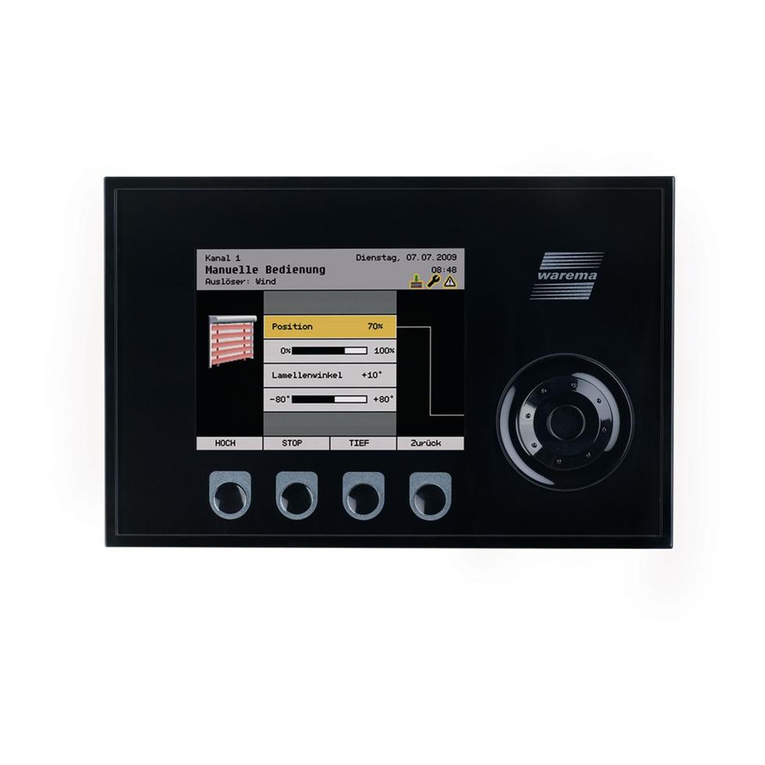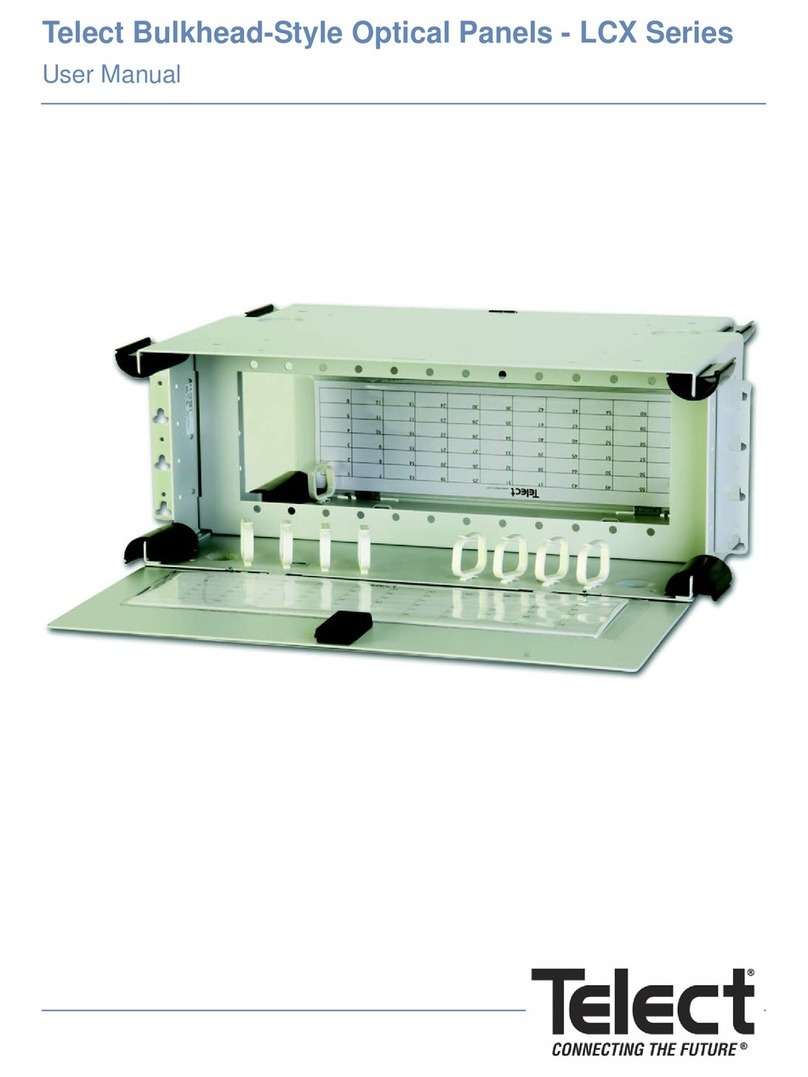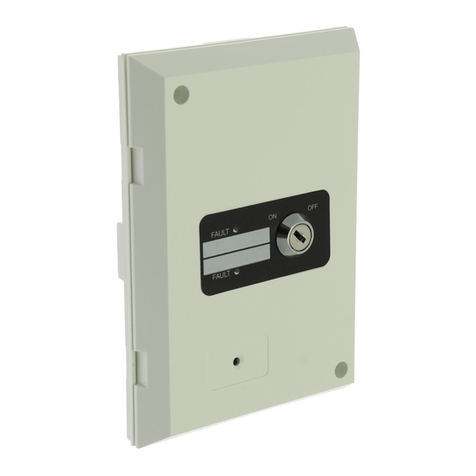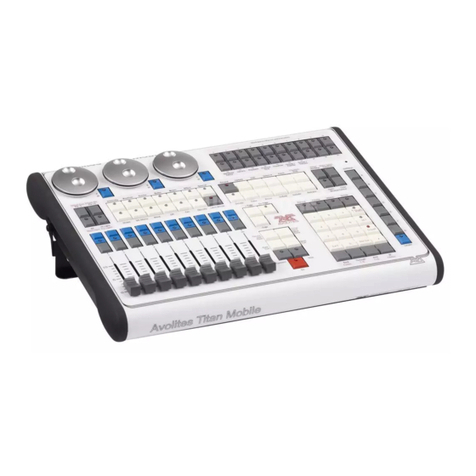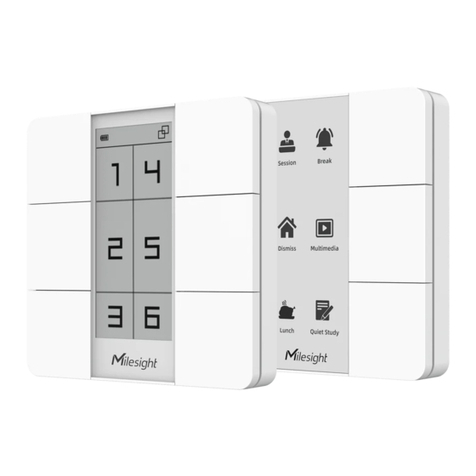
INTRODUCTION
Description
The EX 200™ control panel is a microprocessor-based system controller primarily
designed for use in small to medium-sized explosion protection applications. Typical
applications include explosion protection and isolation of dust collectors, hoppers,
dryers, mills, and other similar types of process equipment. An EX 200™ control panel is
an integral part of an explosion suppression system. In addition to the control panel, the
explosion protection system may include one or more explosion, fire and spark
detectors; and one or more Firewolf™ HRD extinguishers, isolation valves and/or EED-
operated HRD extinguishers. Information describing these devices is provided in other
FENWAL publications.
The control panel consists of a printed circuit board (PCB) containing microprocessor-
based monitoring, control and battery charging circuits, a 115 / 230 Vac, 50 / 60 Hz
power supply and a front panel. The front panel, which contains indicators and control
switches, is connected to the PCB using two ribbon cables.
A sealed, maintenance-free, lead-acid storage battery is connected to the PCB by two
wires to provide backup power. This battery is supplied as part of the control panel. It is
shipped separately to avoid damage of the control panel during shipment.
The EX 200™ is packaged in a NEMA 4X Stainless Steel, or a NEMA 4 (IP 55) powder-
coated steel, wall-mounted, enclosure as shown in Figure 1. The gray powder coating is
a heat fused modified polyester that is electrostatically applied on a phospatized base.
The enclosure coating provides superior dust and weather resistance. The door is
secured and sealed by a flat screwdriver-operated latch. The enclosure is equipped with
padlock provisions to allow OSHA lockout procedures. An explosion-proof enclosure
(NEMA 7-9) is available as an option (part number 32-091500-002).
Four system status indicators – AC ON, FAULT, ALARM and ARMED – are visible
through a scratch-resistant window in the door. When the door is open, an
ARM/DISARM key-switch and a HORN SILENCE pushbutton are accessible on the
hinged front panel.
When the hinged front panel is open, access is provided to all electrical connection
terminals, LED trouble indicators, AC circuit breaker, RESET pushbutton, two
programming DIP switch groups and jumper wires.
The primary function of the control panel is to continuously monitor for threatening
conditions that can lead to an explosion. Detected events are immediately processed to
actuate the system to suppress and isolate the incipient explosion. Trouble (system
fault) conditions and Alarm (incipient explosion) conditions are reported to visible
indicators on the control panel, an audible alarm (horn) within the panel enclosure and
form C relays. The relays are used to interlock associated process equipment and for
remote annunciation. During standby, the control panel continuously verifies the
electrical integrity of the system. Internal and external tests are conducted to ensure
that the system will operate properly if an explosion is detected.
Page 6 FSS/MC-519 Rev BC FENWALProtection Systems





















